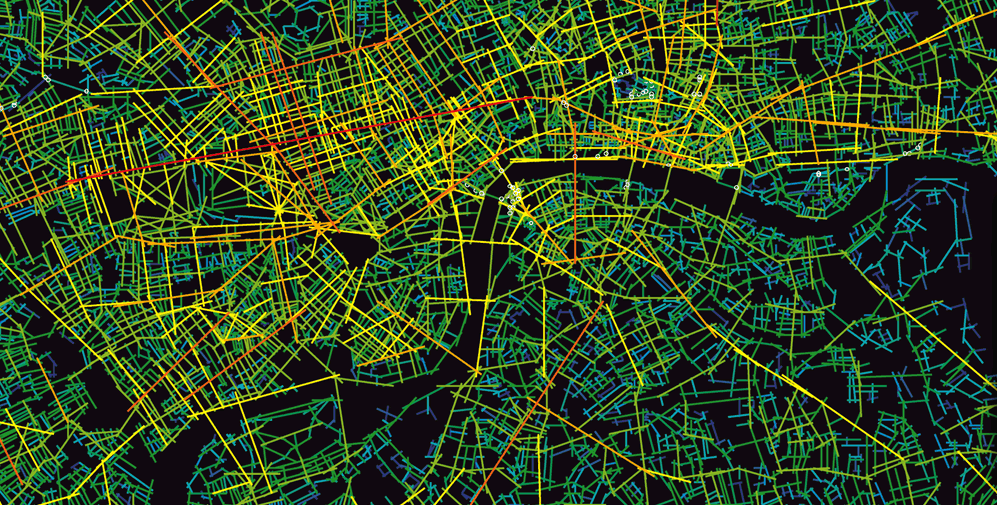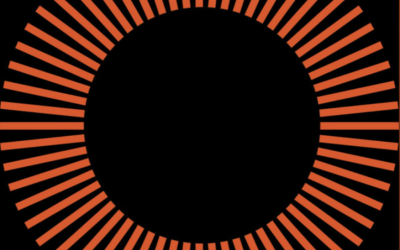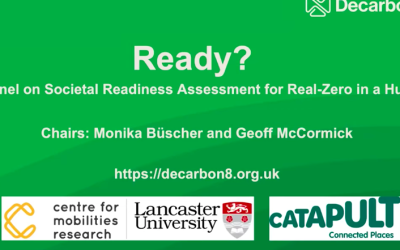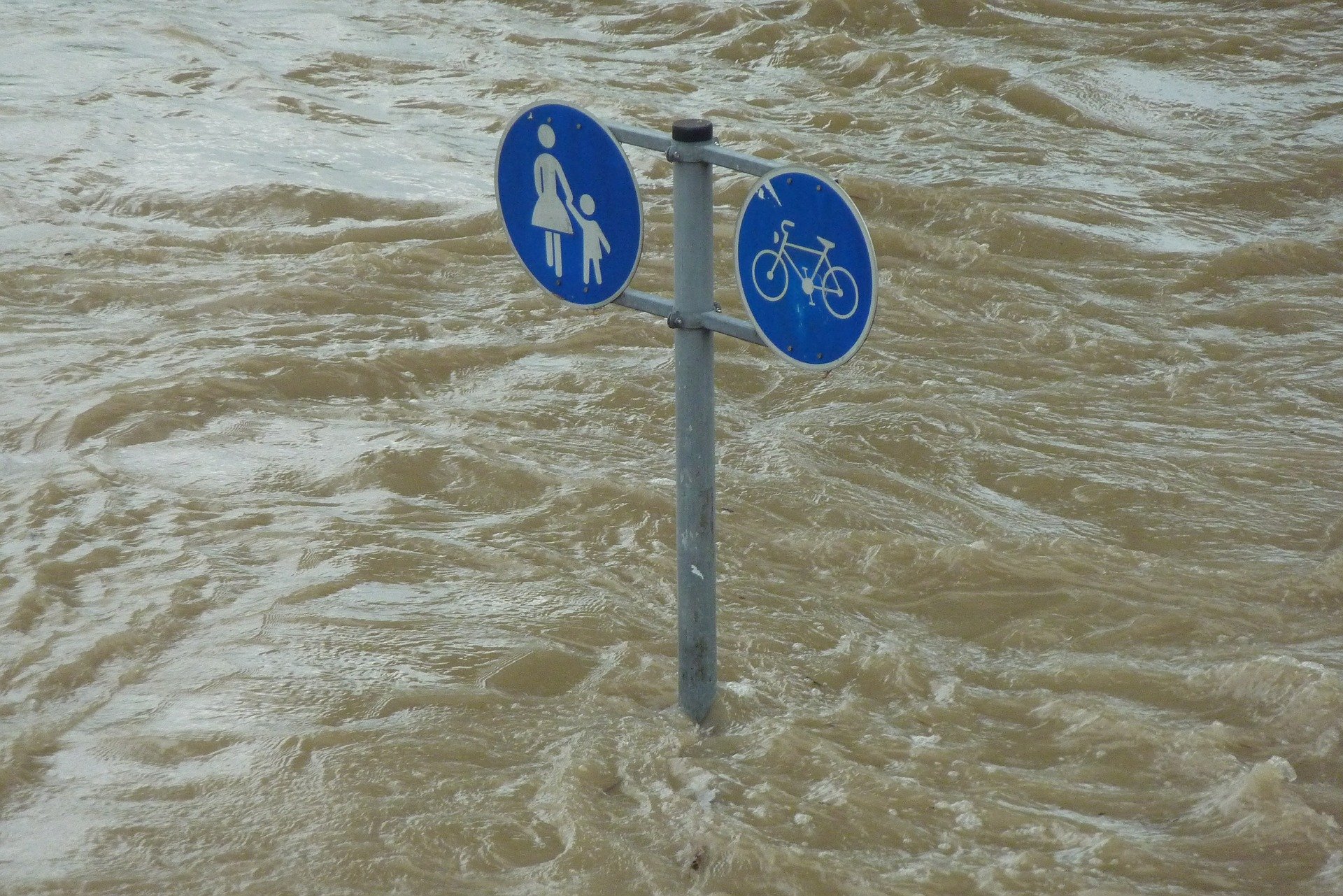The aim of the workshop ‘Mobilizing the Urban Model: A Workshop on Spatial Analysis and Mobile Utopias of Consumption’ was to explore mobilities of urban consumption through a mixed methods approach, combining the emerging and fast-developing method of spatial analysis with an experiment in utopia as method.
The event was part of the Liveable Cities Project and contributed to the Mobile Utopia Project, led by the Centre for Mobilities Research and the Institute for Social Futures (ISF) at Lancaster University. It was led by Monika Büscher and facilitated by Jamie O’Brien and Zofia Bednarowska.
We started with emerging into the topic of mobile utopia while listening to introduction by Monika Büscher on Mobile Utopia 1851-2051. It helped us to merge thinking about urban space, mobilities, movement, affordances together with utopian perspective.
Zofia Bednarowska invited us into the world of mobile consumption, helping to realize that we are mobile consumers as we make every day consumer journeys, both online and offline. We use different types of shopping venues, have particular shopping schemes but altogether we are part of the mobile consumption systems. Since all consumer journeys may be reflected on the maps, showing mobility of consumers, stopovers and trajectories, participants took part in an interactive game Utopia as method. Participants were making their own mobile consumption maps, using printed out maps of Lancaster and Lancashire. Actually, some participants decided to draw their own maps from the scratch. We were delighted with their creativity and final results.
Since all consumer journeys may be reflected on the maps, showing mobility of consumers, stopovers and trajectories, participants took part in an interactive game Utopia as method.
Zofia delivered introduction on different types of spatial analysis. A few urban projects using spatial analysis that refer to mobile utopia were shown.
The key part of the workshops was a lecture on a spatial analysis method called space syntax. Jamie O’Brien from The Bartlett Space Syntax Laboratory, UCL, who is a CeMoRe Fellow in 2016, introduced the theory and methods of Space Syntax. Participants learnt how space syntax software called Depthmap works based on the example of Depthmap model of Lancaster with land use overlay developed by QGIS. All participants had a chance to discuss Depthmap model, learn how to read it and use it in the research.
We discussed if the Depthmap model is useful for analysing and creating mobile utopias. Comparing Depthmap model with the participant maps prompted to discussion how consumption journey allows to explore and discover new patterns of mobility and what is our movement potential within city. Thanks to Space Syntax, we learned how much consumption journeys are affected by intersections with other ’through movements’. Different scales of the model of potential movement helped participants to reconfigure their consumption journey. Analysing maps and models enabled to see relations between consumption journey and create ‘mobile utopia’.
Thanks to Space Syntax, we learned how much consumption journeys are affected by intersections with other ’through movements’.
All in all, we were able to see common patterns in consumer journeys maps and compare it to the models of potential movement. Depthmap may be used to see what should be changed in moving towards a mobile utopia.




